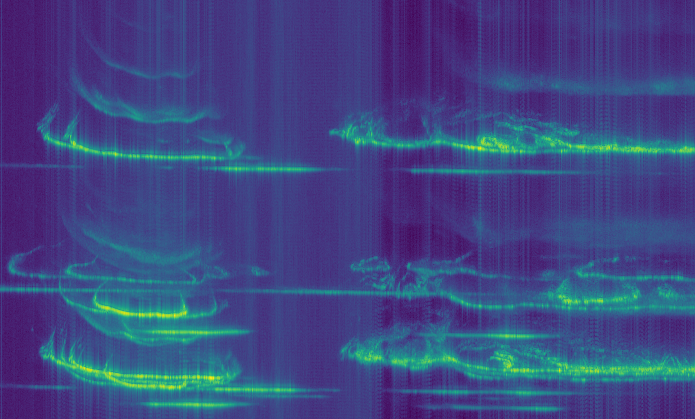In my previous post I talked about the RFC5170 LDPC codes used in Outernet. There I explained in some detail the pseudorandom construction of the LDPC codes and the simple erasure decoding algorithm used both in free-outernet and in the official closed-source receiver.
The Outernet LDPC codes follow what I call the “identity scheme”. This is different from the staircase and triangle schemes introduced in the RFC. The identity scheme already appeared in the literature, but it did not make it into the RFC. See, for instance, the report by Roca and Neumann Design, Evaluation and Comparison of Four Large Block FEC Codecs, LDPC, LDGM, LDGM Staircase and LDGM Triangle, plus a Reed-Solomon Small Block FEC Codec, especially Section 2, where it is called “LDGM”.
I also commented that erasure decoding for an LDPC code (or any other linear code) amounts to solving a linear system. This can be done using any algebraic method, such as Gaussian elimination. However, the simple decoding algorithm used in Outernet is as follows: try to find an equation with only one unknown, solve for that unknown, and repeat until the system is solved. Clearly this algorithm can fail even if the system can be solved (see my previous post for some examples and formal results). I will refer to this algorithm as iterative decoding, as it is done in the RFC.
With these two things in mind, I wondered about the performance of the LDPC codes used in Outernet and the iterative decoding algorithm. I’ve done some simulations and here I present my results.



